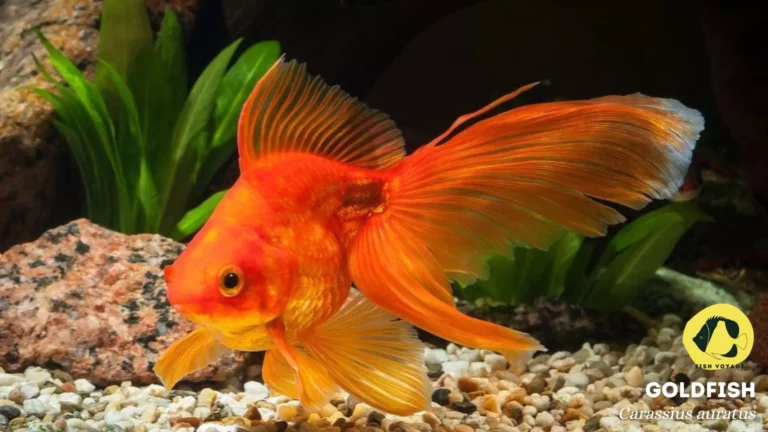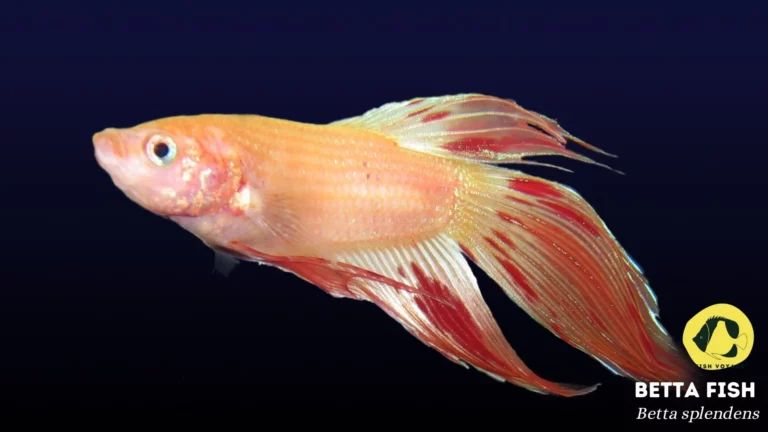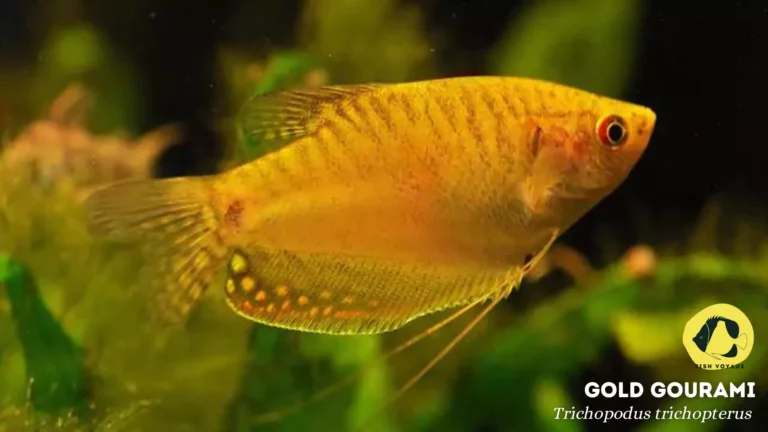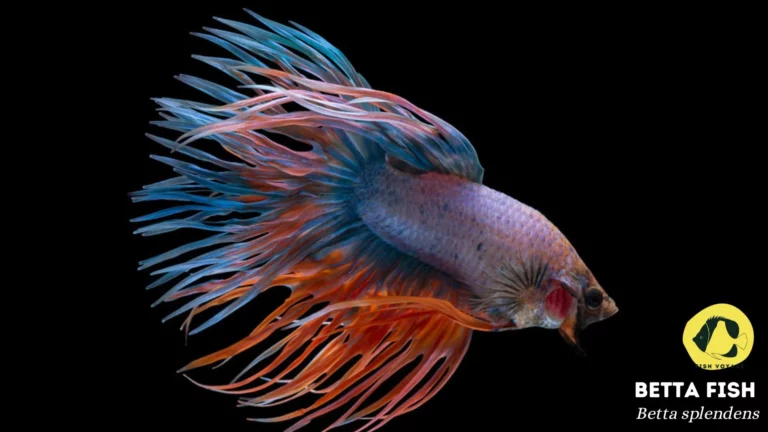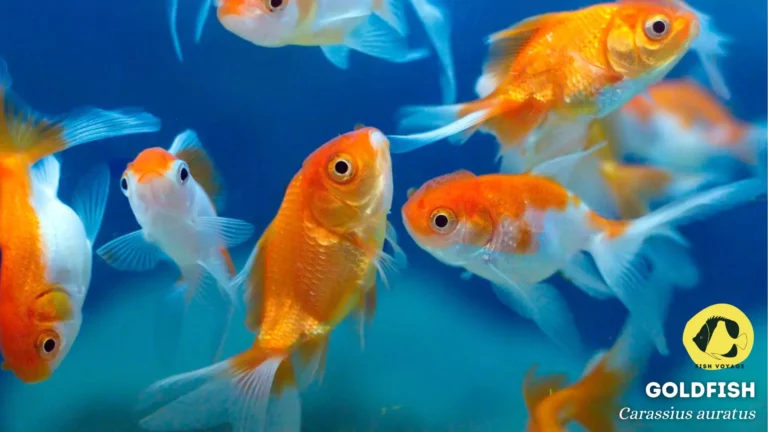A Guide to Cold Water Fish Tanks For Beginners
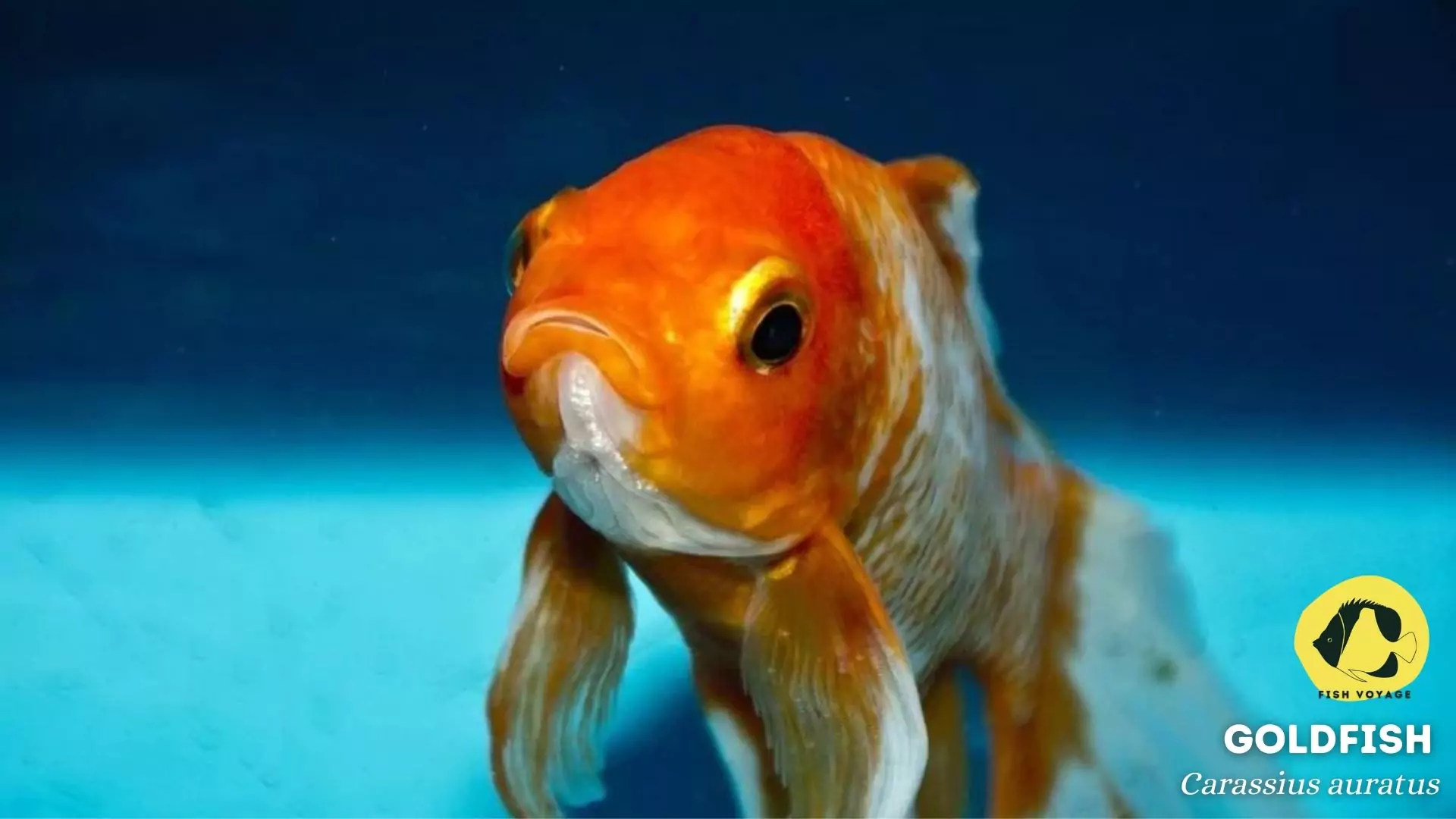
Embarking on the journey of cold-water fishkeeping presents an enticing world for beginners, combining the serene beauty of underwater life with the practicality of low-maintenance aquariums. The allure lies not only in the captivating variety of cold-water fish species, such as goldfish, bettas, and guppies, but also in the simplicity they offer to those new to the hobby. With a diverse array of hardy and resilient fish to choose from, beginners can enjoy the captivating colors and personalities these aquatic companions bring into their homes. However, beneath this simplicity lies the crucial need for proper setup and care to ensure the well-being of these aquatic residents. In this guide, we’ll delve into the essentials, unveiling the secrets to creating a thriving cold-water fish tank that both novices and seasoned enthusiasts can appreciate.
Understanding Cold-Water Fish
Diverse Cold-Water Species
- Goldfish: Renowned for their vibrant colors and engaging personalities, goldfish are a popular choice among beginners. Their hardiness and adaptability make them ideal for those new to fishkeeping.
- Bettas: Known for their striking colors and elegant fins, bettas, or Siamese fighting fish, are visually captivating. Their solitary nature and ease of care make them suitable for beginners seeking a low-maintenance companion.
- Guppies: With their playful demeanor and vivid hues, guppies add a lively touch to aquariums. These small-sized fish are known for their resilience, making them an excellent choice for novice enthusiasts.
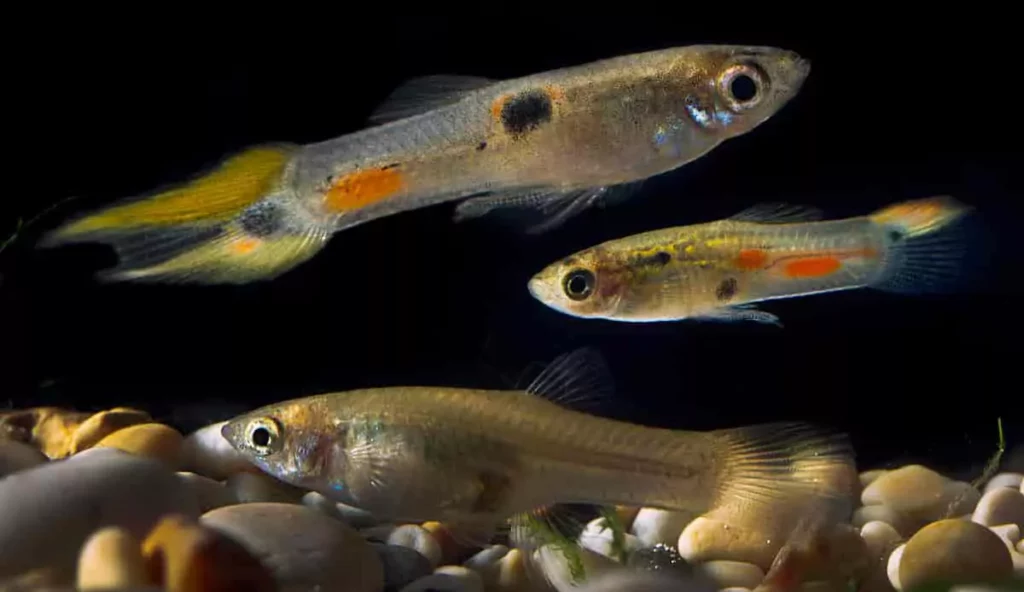
Beginner-Friendly Characteristics
- Hardiness: Cold-water fish, especially goldfish, bettas, and guppies, exhibit remarkable resilience, tolerating a range of water conditions. This attribute ensures a forgiving environment for beginners still mastering the nuances of aquarium maintenance.
- Adaptability: These fish are adaptable to varying water temperatures, simplifying the task of maintaining a stable and comfortable environment. This adaptability enhances the overall success rate for beginners.
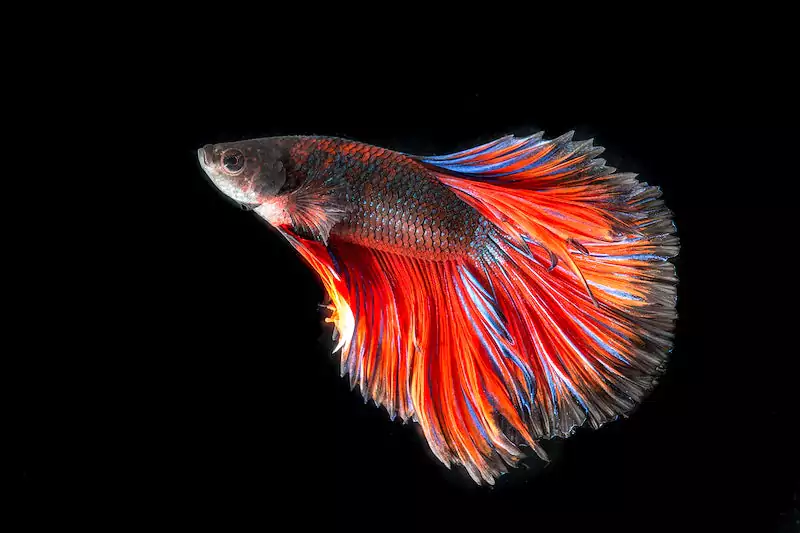
Common Misconceptions
- Small Tanks Are Sufficient: Contrary to a prevalent misconception, cold-water fish, including goldfish, require adequate space for growth and well-being. Small tanks can lead to stunted growth and health issues.
- Minimal Care Requirements: While cold-water fish are known for their hardiness, they still necessitate proper care, including regular water changes, filtration, and attention to water parameters. Dismissing these care aspects can lead to health issues.
By understanding the unique attributes of goldfish, bettas, and guppies, beginners can confidently embark on their cold-water fishkeeping journey, dispelling common misconceptions and fostering a thriving aquatic environment.
Choosing the Right Tank
Appropriate Tank Size for Beginners
- Size Matters: Opting for an appropriate tank size is paramount for the well-being of cold-water fish. For beginners, a 20-gallon tank or larger is recommended, providing ample space for fish to swim and grow.
- Room for Growth: Larger tanks offer more stable water conditions and allow for the gradual addition of fish. This ensures a smoother acclimatization process for both the fish and the novice aquarist.
Key Considerations
- Filtration: Invest in a reliable filtration system to maintain water quality. Filters help remove impurities, chemicals, and waste, promoting a healthier environment for fish. For beginners, a hang-on-back (HOB) filter is user-friendly and efficient.
- Aeration: Adequate oxygenation is crucial for the well-being of fish. Incorporate a gentle air pump and air stone to ensure proper aeration, especially in tanks with more fish or densely planted environments.
- Lighting: Choose appropriate lighting based on the needs of your fish and any live plants in the aquarium. Cold-water fish generally prefer subdued lighting, mimicking their natural habitat.
Selecting a Suitable Tank Location
- Avoid Direct Sunlight: Place the tank away from direct sunlight to prevent algae overgrowth and temperature fluctuations. Indirect light is preferable to maintain a stable environment.
- Sturdy Support: Ensure the chosen location can support the weight of the tank, especially for larger setups. Place it on a level, sturdy surface to prevent any structural issues.
- Accessibility: Position the tank in an area where it is easily accessible for maintenance tasks such as water changes, filter cleaning, and general observation.
Choosing the right tank size, considering filtration, aeration, and lighting, and strategically placing the aquarium within your home are foundational steps for a successful cold-water fishkeeping experience. These considerations provide a solid framework for beginners, promoting a harmonious and thriving aquatic environment.
Setting Up Your Aquarium
Choosing the Right Substrate and Decorations
- Substrate Selection: Opt for a substrate that suits the needs of your chosen cold-water fish. For instance, gravel is a popular choice for goldfish tanks, providing a suitable environment for natural behaviors like foraging.
- Aquascaping: Introduce decorations that mimic the natural habitat of your fish. Provide hiding spots and areas for exploration, ensuring a stimulating environment. Choose ornaments that are fish-friendly, avoiding sharp edges that may harm them.
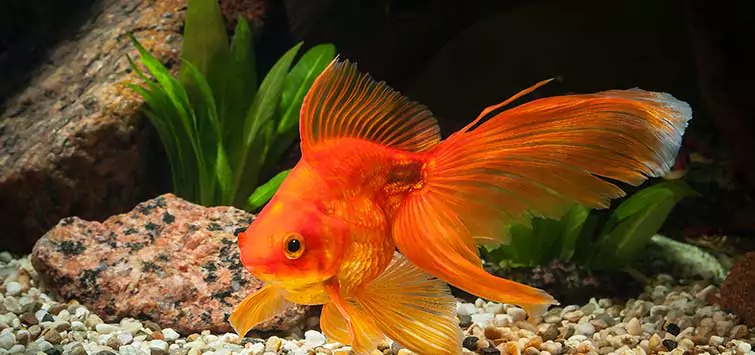
Importance of Cycling the Tank
- Nitrogen Cycle Awareness: Cycling your aquarium is a critical step in establishing a stable and healthy environment. The nitrogen cycle involves the growth of beneficial bacteria that convert harmful ammonia into nitrites and then into nitrates. This process is essential for maintaining water quality.
- Patience is Key: Allow sufficient time for the nitrogen cycle to complete before adding fish. Rushing this process can lead to harmful ammonia spikes, jeopardizing the well-being of your aquatic inhabitants.
Water Parameters and Temperature Control
- Monitoring Water Parameters: Regularly test water parameters such as pH, ammonia, nitrites, and nitrates to ensure they fall within the suitable range for cold-water fish. Use high-quality testing kits for accurate results.
- Temperature Considerations: Cold-water fish thrive in cooler temperatures. Keep the water temperature between 60°F to 75°F (15°C to 24°C) based on the specific requirements of your fish species. Invest in a reliable aquarium thermometer to maintain optimal conditions.
Establishing the foundation of your aquarium involves thoughtful substrate and decoration choices, understanding the significance of the nitrogen cycle, and maintaining precise water parameters and temperature control. This meticulous approach not only creates a visually appealing aquatic habitat but also fosters a stable environment for the long-term health and happiness of your cold-water fish.
Selecting Equipment
Essential Equipment Overview
- Filters: Invest in a reliable filtration system to keep the aquarium water clean and clear. Filters remove impurities, chemicals, and debris, ensuring a healthy environment for your cold-water fish. Hang-on-back (HOB) filters are user-friendly and efficient for beginners.
- Heaters: While not always necessary for cold-water fish, having a heater is advisable to maintain a stable temperature in the aquarium. Choose one with adjustable settings to accommodate the specific needs of your fish.
- Thermometers: Accurate temperature monitoring is crucial for the well-being of cold-water fish. Use a high-quality aquarium thermometer to ensure the water temperature remains within the optimal range for your chosen species.
Importance of Regular Maintenance
- Consistent Water Changes: Schedule regular water changes to remove accumulated waste and maintain optimal water quality. This simple yet crucial task prevents the buildup of harmful substances, promoting the health of your cold-water fish.
- Filter Maintenance: Clean and maintain your filtration system as per the manufacturer’s recommendations. Regularly replacing filter media and cleaning components ensures efficient functioning, contributing to a thriving aquarium ecosystem.
- Observation and Adjustment: Regularly observe your fish for any signs of stress or illness. Adjust equipment settings accordingly and address any issues promptly. This proactive approach enhances the overall well-being of your aquatic companions.
Selecting the right equipment is pivotal for the success of your cold-water aquarium. By opting for essential items such as filters, heaters, and thermometers, and being mindful of budget-friendly options, beginners can establish a well-equipped environment for their fish. Furthermore, emphasizing the importance of consistent maintenance practices ensures a sustainable and enjoyable fishkeeping experience.
Fish Feeding and Nutrition
Appropriate Diets for Different Cold-Water Fish
- Goldfish: Provide a well-balanced diet for goldfish, consisting of high-quality flakes or pellets specially formulated for their nutritional needs. Supplement their diet with occasional treats like live or frozen brine shrimp or bloodworms.
- Bettas: Feed bettas a staple diet of betta pellets or flakes, enriched with high protein content. Enhance their diet with live or freeze-dried foods such as brine shrimp or daphnia for optimal health and color vibrancy.
- Guppies: Guppies thrive on a varied diet, including high-quality flake food as a base. Introduce live or frozen foods like brine shrimp, daphnia, or mosquito larvae to ensure a diverse nutritional intake.
Feeding Schedules and Portion Control
- Consistent Feeding Schedule: Establish a consistent feeding schedule to regulate your fish’s intake and maintain a healthy routine. Feed your fish 1-2 times a day, offering an amount they can consume within a few minutes to prevent overfeeding.
- Portion Control: Avoid overfeeding, as it can lead to health issues and compromised water quality. Tailor portion sizes based on the size and species of your fish, adjusting as needed with growth and environmental conditions.
Variety in Their Diet
- Nutritional Diversity: Provide a diverse diet to ensure your fish receive a broad spectrum of essential nutrients. This can be achieved through a combination of high-quality commercial foods, live or frozen options, and occasional vegetable treats.
- Preventing Nutritional Deficiencies: A varied diet minimizes the risk of nutritional deficiencies and enhances the overall health, vitality, and coloration of your cold-water fish. Experiment with different foods to observe your fish’s preferences and tailor their diet accordingly.
Balancing the diet of your cold-water fish involves understanding the specific nutritional needs of each species, establishing a consistent feeding schedule, and embracing dietary diversity. By providing a thoughtful and varied diet, you contribute to the overall well-being and vibrancy of your aquatic companions, fostering a thriving and visually stunning aquarium environment.
Common Issues and Troubleshooting
Cloudy Water
- Problem: Cloudy water is a common concern for beginners, often caused by bacterial blooms, overfeeding, or suspended particles.
- Solution: Perform partial water changes, adjust feeding habits, and ensure proper filtration. Regular cleaning of substrate and filter media helps maintain water clarity.
Algae Growth
- Problem: Algae can quickly proliferate, leading to unsightly green water or algae-covered surfaces within the aquarium.
- Solution: Control lighting duration, remove excess nutrients through regular water changes, and consider introducing algae-eating fish or invertebrates. Scrub algae-covered surfaces during water changes.
Fish Health Issues
- Problem: Beginners may face challenges such as fin rot, ich, or other health issues affecting their cold-water fish.
- Solution: Quarantine new fish before introducing them to the main tank to prevent the spread of diseases. Maintain optimal water parameters, provide a balanced diet, and promptly address any signs of illness with appropriate treatments.
Water Parameter Fluctuations
- Problem: Inconsistent water parameters can stress fish and compromise their health.
- Solution: Regularly test and monitor water parameters, adjusting as needed. Perform gradual water changes to avoid sudden fluctuations and stress on fish.
Regular Monitoring
- Preventive Approach: Regularly monitor your aquarium for any signs of issues or deviations from the norm.
- Observation is Key: Keep a keen eye on fish behavior, appearance, and overall activity. Any sudden changes could indicate potential problems.
- Proactive Measures: Take preventive actions such as routine water testing, equipment checks, and maintaining a consistent maintenance schedule. This proactive approach can nip potential issues in the bud.
Navigating the common challenges of cloudy water, algae growth, fish health issues, and water parameter fluctuations is crucial for the success of a cold-water aquarium. By identifying problems early and implementing targeted solutions, beginners can create a stable and thriving environment for their aquatic companions. Regular monitoring serves as a cornerstone for preventive care, ensuring a harmonious and healthy aquarium ecosystem.
Tips for a Healthy and Happy Aquarium
Importance of Observation and Interaction
- Bond with Your Fish: Regularly spend time observing and interacting with your fish. This not only enhances the bond between you and your aquatic companions but also allows you to notice any subtle changes in behavior or appearance.
- Early Detection of Issues: Actively engaging with your fish enables you to detect potential health issues early on. Addressing concerns promptly contributes to the overall well-being of your aquarium’s inhabitants.
Water Testing and Regular Water Changes
- Routine Water Testing: Regularly test water parameters using reliable testing kits. Monitoring parameters such as pH, ammonia, nitrites, and nitrates helps maintain a stable environment for your fish.
- Scheduled Water Changes: Implement a consistent schedule for partial water changes. This practice removes accumulated toxins, replenishes essential minerals, and ensures optimal water quality, contributing to a healthier and more vibrant aquarium.
Creating a healthy and happy aquarium involves a combination of careful observation, regular interaction with your fish, vigilant water testing, and maintaining a consistent schedule of water changes.
Conclusion
Embarking on the captivating journey of cold-water fishkeeping offers a rewarding experience for beginners. As you delve into the intricacies of creating and maintaining your aquarium, remember these key points.
- Choose Wisely: Select the right cold-water fish species that align with your preferences and experience level. Goldfish, bettas, and guppies are excellent choices for beginners due to their hardiness and adaptability.
- Establish a Solid Foundation: Pay meticulous attention to tank size, equipment selection, and proper setup. A well-thought-out foundation ensures a conducive environment for your fish to thrive.
- Nutrition Matters: Tailor a diverse and balanced diet for your cold-water fish, ensuring their nutritional needs are met. Be mindful of feeding schedules and portion control to promote optimal health.
- Troubleshoot with Care: Recognize common issues such as cloudy water, algae growth, and fish health concerns. Swiftly implement solutions and maintain a proactive approach through regular observation and monitoring.
- Enjoy the Journey: Embrace the joy of observing your fish, cultivating a bond with them, and taking pride in the beauty of your aquarium. The journey of fishkeeping is as rewarding as the vibrant aquatic life it encompasses.
As you navigate the nuances of cold-water fishkeeping, relish every moment and appreciate the thriving ecosystem you’ve created. Your commitment to the well-being of your aquatic companions will undoubtedly lead to a fulfilling and enduring hobby.
Feel free to share your experiences, insights, or questions in the comments below. Whether you’re a seasoned aquarist or just starting, fostering a community of knowledge exchange enriches the collective experience of cold-water fishkeeping. Happy fishkeeping!
Additional Resources
Online Forums for In-Depth Discussions
- AquariumAdvice: A well-established community offering expert advice, discussions, and a vast knowledge base on various aspects of fishkeeping. Engage with fellow enthusiasts and benefit from shared experiences.
- Fishlore: A comprehensive forum providing valuable insights, troubleshooting tips, and a supportive community for both beginners and experienced fishkeepers. Explore diverse topics and expand your knowledge base.
Recommended Products for Cold-Water Fishkeeping
- Hang-on-Back Filter: An essential component for maintaining water quality, ensuring efficient filtration for your aquarium.
- Aquarium Heater: For those opting for heated setups, a reliable adjustable aquarium heater provides precise temperature control.
- High-Quality Fish Food: Choose a nutrient-rich fish food that caters to the specific dietary needs of your cold-water fish.
- Aquarium Test Kit: Regularly monitor water parameters with a reliable test kit to maintain a stable and healthy environment.
Explore these recommended forums and products to enhance your cold-water fishkeeping journey. Remember to verify product compatibility with your specific setup and seek advice from the community for personalized recommendations. Investing in reputable products and engaging with knowledgeable communities will contribute to the success of your aquarium endeavors.
Frequently Asked Questions (FAQs)
1. What are suitable cold-water fish species for beginners?
Popular cold-water fish species for beginners include goldfish, bettas, and guppies. Known for their hardiness and adaptability, these fish are an excellent choice for those new to fishkeeping.
2. What size tank is recommended for beginners in cold-water fishkeeping?
For beginners, a tank size of 20 gallons or larger is recommended. Larger tanks provide a more stable environment, accommodating the gradual addition of fish and promoting optimal growth.
3. Do I need a heater for a cold-water fish tank?
While cold-water fish can tolerate lower temperatures, using a heater is advisable to maintain a stable environment. Choose a heater with adjustable settings to meet the specific needs of your fish species.
4. How often should I feed my cold-water fish?
Feed your cold-water fish 1-2 times a day, offering an amount they can consume within a few minutes. Consistent feeding schedules and portion control help prevent overfeeding and maintain fish health.
5. What are common issues in cold-water fish tanks, and how can they be addressed?
Common issues include cloudy water, algae growth, and fish health concerns. Address these by performing regular water changes, controlling lighting duration, and promptly treating any signs of illness with appropriate medications.

